A Wet No-Knead
April 29, 2020
One of the things that bothers people about sourdough is that if they feed the starter every day and don't bake with it every day, there's a lot of sourdough that gets thrown out.
There are a couple of solutions.
Some people have sent me pictures of beautiful pancakes made with the discard.
Others have decided to only feed their sourdough before baking. You can do that. You can put it in the refrigerator and refresh it every once in a while before you bake with it. You need to watch for mold and off colors as the sourdough can go bad. Also, you will be using the sourdough for its taste but not its leavening as it will most likely lose strength. Just add yeast to your final bread dough (NOT to the sourdough you are maintaining).
But can we just bake the sourdough starter?
The answer is kind-of "yes" and that's what we're going to do today.
This is the recipe that got me on my "use a scale" kick.
My friend Felisa posted some beautiful bread she made with a link to this New York Times video of Mark Bittman and Jim Leahy making no knead bread. This is the famous video that, along with Leahy's book, led to the no knead craze.
The bread looked beautiful, but when I looked at the printed recipe it didn't jibe with what I saw in the video.
The recipe calls for 3 cups or 385 g of flour, 1/4 teaspoon yeast, 1 1/4 teaspoon of salt, and 1 5/8 cups of water.
1 5/8 cups of water is 384 point something grams.
So by weight, this is a 100% hydration bread.
But in the video the bread didn't look at all like a 100% hydration bread.
Two things: in the video they don't mention the weight of the flour and in the video they specify 1 1/2 cups of water.
Hmm, that's still like 90 something % hydration.
So I asked Felisa who is a way better baker than I and she also has a PhD in Biology and she said her dough felt more like something in the 70 something percent like it showed in the video. She weighed the flour she was measuring at 459 g and the water at 345 g and calculated the percentage as being close to 75 %.
Her bread came out beautifully and we'll make it next time. But it left me wondering if you could make a 100% hydration bread. I tried to handle it like in the video and it was a mess but I was undaunted.
My friend Axel sent me pictures of his bread and showed the key step of just pouring the dough into a dutch oven. He also showed the resulting bread which was beautiful.
So I tried that. I mixed 385 g flour with 1/4 teaspoon yeast, 1 1/4 teaspoon of salt, and 385 g of water.
The key to no-knead bread is time. You have to leave enough time for it to organize itself and for the gluten strands to align.
Actually, I don't know if that's true. But it's what bakers who make this style bread say.
They say that a well-mixed, wet enough dough, given time, will essentially knead itself.
Historically, that seems to make sense. How else would bread have been discovered.
A day later I poured the batter into a dutch oven that I'd preheated to 500 degrees F/ 260 degrees C. I covered the bread for 15 minutes. After 15 minutes I removed the cover and reduced the heat to 450 degrees F/ 232 degrees C and baked for another half hour. It needed another ten minutes and then was baked.
The result was delicious but relatively flat. The holes were beautiful and the taste was really good but I didn't get the height I wanted.
I decided the dough wasn't strong enough so I made it again but this time baked it in a loaf pan. I used a pullman pan so that I could take the top off after 15 minutes but that doesn't matter. I also baked it at 450 degrees F / 232 degrees C throughout because I didn't want it to brown too much before the insides were done.
This was bread I was really happy with.
The dough was 100% hydration so I thought, hmmm what else is 100% hydration? A poolish is. My sourdough starter is. So I baked the bread one more time, but this time I used 120 g of sourdough starter with 360 g of flour, 360 g water and the usual salt and yeast and it was my favorite version yet.
This is the ultimate, easy to make bread. You mix everything together and the next morning you bake it off. No kneading, folding, shaping - you just pour it into whatever you're baking it in. You can also refrigerate the dough for several days and it will take on more flavor.
Next we'll look at two more no knead doughs.
